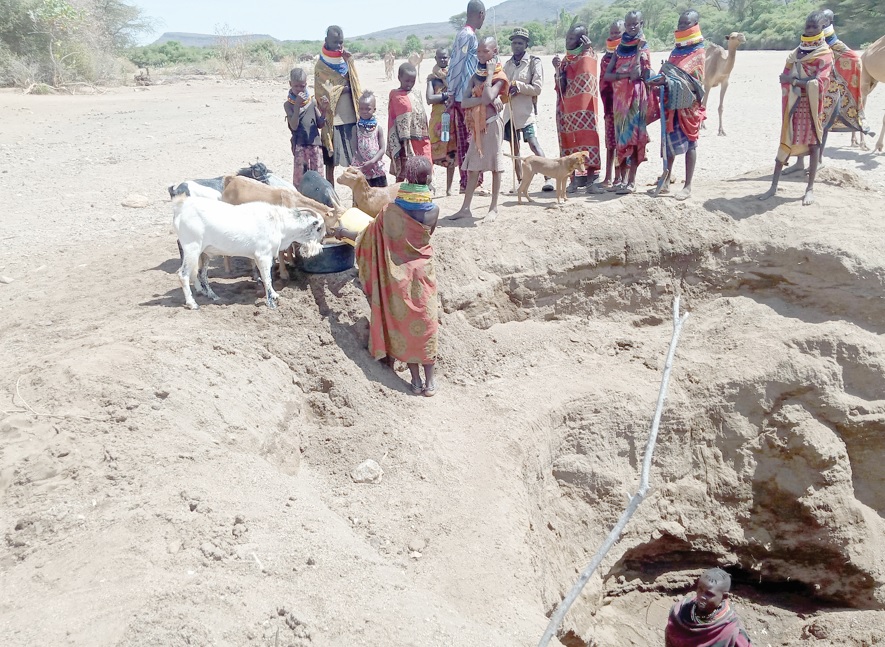4.4m Kenyans facing food insecurity as drought bites
By Roy.Lumbe, April 20, 2023Representatives of key countries supporting the response to drought and climate crisis in Kenya on Tuesday visited UNICEF and UN-supported interventions in Turkana to review how the programme was helping affected children and families.
The delegation included ambassadors and senior representatives from the embassies of the Republic of Korea, the Netherlands, Sweden, and the UK, as well as the Ministry of East African Community (EAC), Arid and Semi-Arid Lands (ASALs) and Regional Development, the National Drought Management Authority (NDMA) and the governors of Baringo, Samburu, Turkana and West Pokot.
The roundtable and field visit was organised by Turkana County Government, in partnership with UNICEF Kenya where it was noted that despite recent rains, the situation of children and families in drought-affected areas of Kenya remains critical.
Acute shortage
By February, 4.4 million people in Kenya had been rendered acutely food insecure due to drought, and close to a million children (970,214) aged under five required treatment for malnutrition.
This represents a notable spike from last year, against 3.5 million people and 884,000 children respectively in July 2021.
“Over the last two and a half years, the Government of Kenya has responded to the drought and climate crisis in the ASAL counties, to meet the needs of affected families and children,” said Cabinet Secretary for EAC, ASALs and Regional Development Rebecca Miano, represented at the roundtable by Maria Cherono, Secretary ASALs.
“We are grateful for the support we have received from USAid, United Nations, other development partners and the private sector. Moving forward, the need for scaling up humanitarian efforts and long-term resilience building is critical for establishing a sustainable future for people living in the ASAL region. This will be best done in collaboration with County governments,” she added.
The delegates visited three project sites including Lodwar County Referral Hospital, where they witnessed the treatment of children with malnutrition, including the stabilisation centre for severely malnourished children and outpatient services for those in recovery.
Other projects visited were at Natiir village, they saw a solar-powered water system, providing safe water for Natiir Primary School, a dispensary, and the local community, and at Nakadukui village, where they saw an integrated outreach site where health workers provide nutrition screening of children, medicines, jerry cans, water and other services for people living far from health care facilities.
“Like other counties in the ASAL region, Turkana has been heavily impacted by the drought in recent years. Lack of pasture led to massive death of animals that many people rely on for their livelihoods.
Poverty and malnutrition
This has further pushed families into poverty and malnutrition,” Turkana Governor Jeremiah Ekamais Lomorukai Napotikan said. “We are grateful for the support from UNICEF, the United Nations, and other donors throughout the drought response phase and particularly concerning countering challenges related to nutrition, food, water, health, and education,” he said.
Following the visit to the project sites, the development partners joined a round table meeting with national Government representatives and governors of Turkana, Baringo, Samburu, and West Pokot.
The discussion focused on the ongoing drought response, the impact of the climate crisis on the inhabitants of ASAL counties, and the need for sustainable solutions that promote the long-term resilience of affected communities.
More Articles

